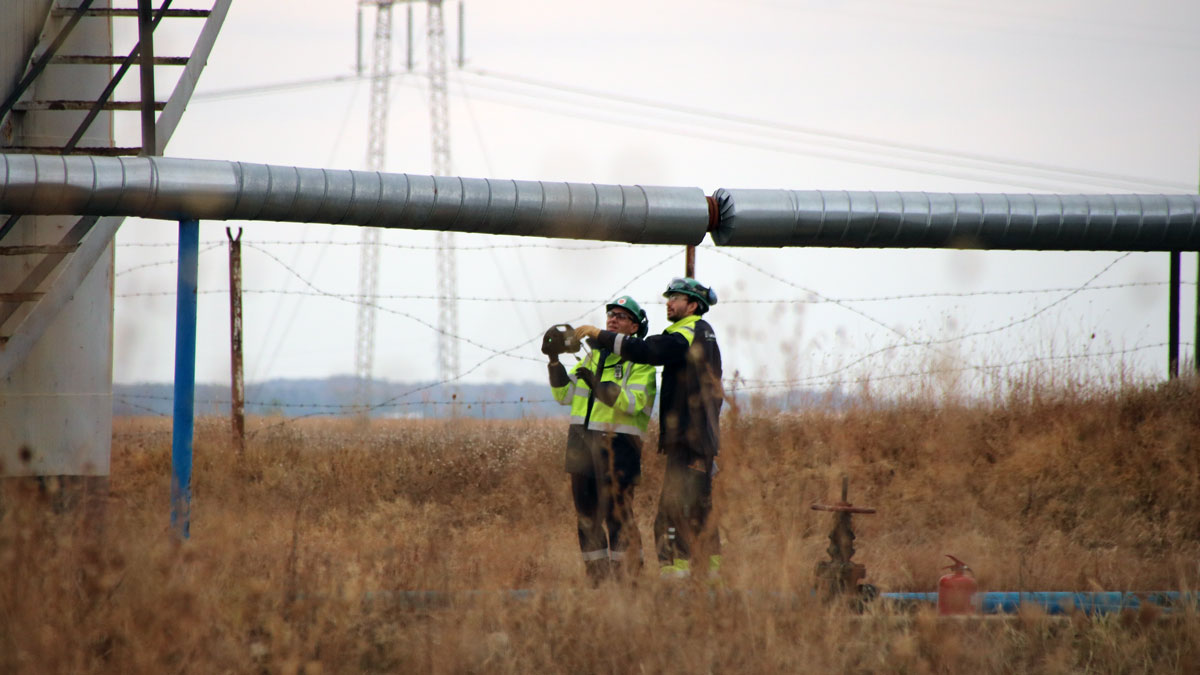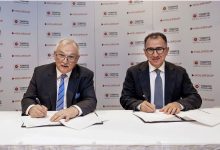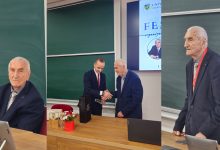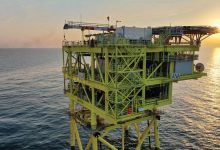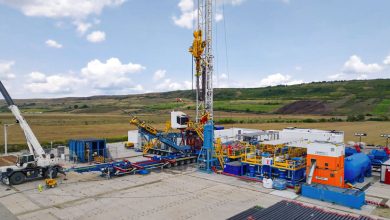Case Study: The ROMEO Project
A Joint Effort to Achieve Accurate Methane Emission Figures for the Romanian Oil & Gas Industry
Together with other research teams, The Sniffers provided its expertise in methane emission management and specifically quantification as a partner of Utrecht University during the unique ROMEO project. Who was involved and what was the outcome?
Why the ROMEO project?
“If we look at the European Union, Romania’s oil & gas sector reports the highest methane emission figures according to UNFCCC’s statistics of 2015. This is especially the case with methane production and end use,” says Prof. dr. Thomas Roeckmann, specialized in Marine and Atmospheric Research and Atmospheric Physics and Chemistry at Utrecht University.
Romania currently reports methane emissions, but they are based on estimations. These figures are derived from non-country specific Tier 1 emission factors. As a result, there was a need to check the accuracy of these reported emission figures. Instead of relying on estimations, it was time to start with identifying and quantifying methane emissions using different techniques.
How it all began
ROMEO (ROmanian Methane Emissions from Oil & gas) is a measurement campaign that was initiated by the European H2020 project called MEMO2 and received funding from the Climate and Clean Air Coalition (CCAC) Oil and Gas Methane Science Studies.
The campaign was administered through the United Nations Environment Program. The ROMEO team collaborated with the Romanian ministries for Environment and Energy, the European Commission, the DG Energy funded project titled ‘Limiting Methane Emissions in the Energy Sector’ as well as OMV Petrom and Romgaz, the two main oil & gas companies in Romania.
“The discussions about ROMEO became serious in February 2019 at our MEMO2 Midterm Meeting. We quickly found an enthusiastic team, but we still needed a sponsor. We worked with the CCAC Methane Science Studies to receive funding, and then moved quickly to execute the project,” says Prof. dr. Thomas Roeckmann.
“12 international research teams were brought together to identify and quantify methane emissions as well as other atmospheric compounds and meteorological data. So, we started searching for a reliable subcontractor with extensive experience in methane emission surveys,” Prof. Roeckmann adds.
“I met Ms. Cindy Verhoeven, International Sales Manager of The Sniffers during a networking event. She informed me about The Sniffers’ activities and experience in methane emission surveys. After several discussions, we signed a contract where 2 Sniffers’ specialists would become part of the ground team and perform onsite methane surveys,” he concludes.
The setup
Prof. Roeckmann adds: “70 people from 20 nations were involved in this project. The 12 research teams were split up in 3 types: an airplane team using 2 aircrafts conducting facility-level quantification raster flights, a city team driving cars to measure methane in Bucharest and a ground team using drones and specialized measuring equipment.”
“Two third of the team members were working directly onsite. The others supported the measurement teams by providing modelling data, analyses and forecasts, logistics and admin.”
“With more than 50.000 active wells and facilities spread over Romania, we were able to define specific regions we wanted to focus on during the campaign. In the end, the 3-week campaign took place in the regions Oltenia, Muntenia and Transylvania. These 3 regions already count more than 6.000 active wells and facilities.”
“It was important that people in the field were distributed over the different teams to accelerate measuring at different facility types including oil and gas production, distribution and storage facilities.”
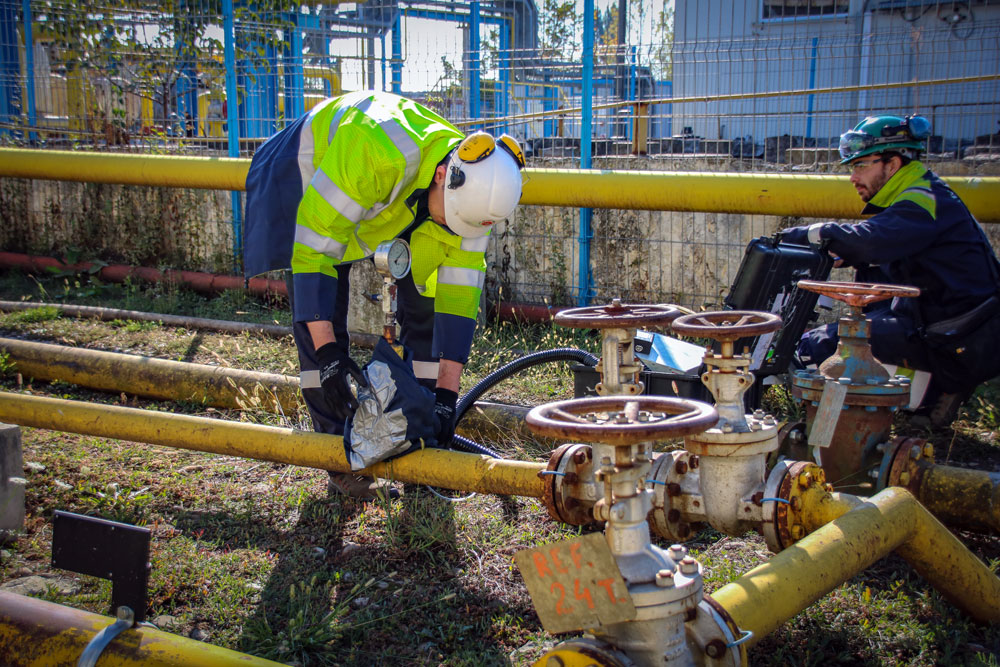
Different techniques
Emission Division Operations Director Bas Hermans from The Sniffers highlights: “our specialists always use the best available techniques depending on the situation.”
“Indy and Danut mostly used our Remote Methane Laser Detector (RMLD) for scanning non accessible sources fast on low pressure lines. The device detects ‘methane clouds’ through infrared absorption and gives a PPM value.”
“We used an Optical Gas Imaging camera as our main measurement device. Due to safety reasons, we sometimes did not have access to the sources because of moving parts. We also used OGI at heights. We have been using the Optical Gas Imaging technique for more than 20 years and have seen great results.”
“Whenever our specialists had access to sources and the conditions allowed it, they would quantify the leak using the High Flow Sampler and the Toxic Vapour Analyzer.”
“Your results on the level of individual equipment provide relevant and important insight into the processes that lead to greenhouse gas emissions in Romania.”
“High Flow Sampling is currently the most accurate method to measure emissions directly. With the TVA, we could then quantify the emissions and define losses in kg/year.”
The outcome
“From the 231 leaks that were identified, we could quantify 49. Leaks were immediately tightened whenever possible, which indicates the sense of responsibility from the oil & gas companies,” says Bas from The Sniffers.
According to Prof. Roeckmann “the results on the level of individual equipment from The Sniffers provide relevant and important insight into the processes that lead to greenhouse gas emissions in Romania. It was a pleasure to have them in the ROMEO team. Reporting was also very thorough and professional. The first overall results were shown during the EGU 2020 in Vienna.”
A project to remember
The Sniffers specialists Danut and Indy were excited to see the teams actively working on identifying methane emissions. “It was motivating to see so many companies with different technologies to quantify methane emissions. I am proud that we were able to help the Romanian oil & gas industry obtain more insight in their methane emission figures,” says Indy.
“Through this bottom-up and top-down quantification of the Romanian emissions from oil and gas, we contribute to a better knowledge of these emissions. Another step closer to reaching the Paris Agreement goals,” concludes the Professor from Utrecht University.
“Your results on the level of individual equipment provide relevant and important insight into the processes that lead to greenhouse gas emissions in Romania.”
Some background info
This work was supported under the Climate and Clean Air Coalition (CCAC) Oil and Gas Methane Science Studies. The studies are managed by United Nations Environment Programme in collaboration with the Chief Scientist, Steven Hamburg of the Environmental Defense Fund.
Funding was provided by the Environmental Defense Fund, the European Commission, OGCI Companies (Shell, BP, ENI, Petrobras, Repsol, Total, Equinor, CNPC, Saudi Aramco, Pemex), and CCAC.


